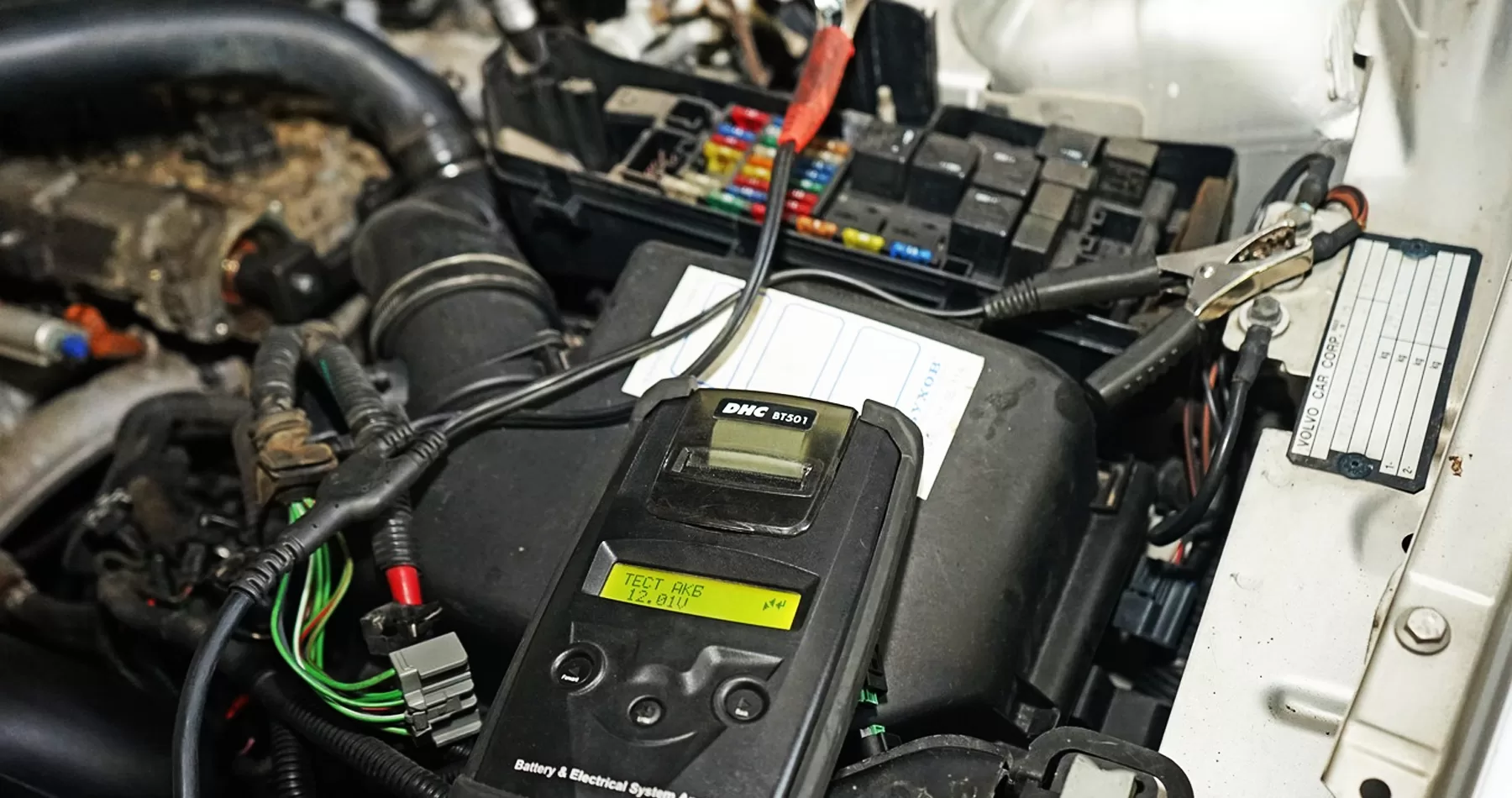Introduction
The unsung heroes of our daily commute are car batteries. They provide power to our vehicles, allowing us to travel from point A to point B without hesitation. But have you ever wondered how long a car battery takes to charge? Or how do you tell the difference between its positive and negative terminals? In this guide, we will investigate these questions and investigate the average lifespan of car batteries, the cost of purchasing a new one in the United States, and the significance of recycling old batteries.
How Long Does It Take to Charge a Car Battery?
The length of time it takes to charge your car battery depends on several factors. The following are the most important factors influencing charging time:
Battery Capacity: The larger the capacity of your car battery, the longer it will take to charge fully. A standard car battery typically has a capacity of 48-72 ampere-hours (Ah).
Charger Output: The output of the charger, measured in amperes (A), is critical in determining charging time. A charger with a higher output will charge your battery faster. To avoid damage, however, it is critical to use a charger with a suitable output for your battery.
State of Charge: If your battery is completely drained, it will take longer to charge than if it’s only partially discharged.
Charging Method: Slow charging and fast charging are the two main methods for charging a car battery. Slow charging, which is usually done with a lower output charger, can take several hours to complete. Fast charging with a high-output charger, on the other hand, can get your battery to a usable state in about an hour.
Battery Age and Condition: Older or damaged batteries may take longer to charge or may not charge fully at all.
A standard car battery can take anywhere from 4 to 24 hours to fully charge, depending on the factors mentioned above.
Car battery which is positive and negative? Distinguishing Terminals

Understanding which terminal is positive and which is negative on your car battery is crucial for safely connecting and disconnecting it. Here’s a straightforward way to differentiate between the two:
Positive Terminal: The positive terminal is typically denoted by a “+” symbol or the letters “POS.” It is usually larger than the negative terminal and has a red plastic cover or casing around it.
Negative Terminal: The negative terminal is indicated by a “-” symbol or the letters “NEG.” It is usually smaller than the positive terminal and may be covered or encased in black plastic.
Use extreme caution when working with car batteries. Connect the positive (red) cable to the positive terminal and the negative (black) cable to the negative terminal to avoid accidents or damage to your vehicle’s electrical system.
Average Life for Car Batteries
Car batteries, like all components of your vehicle, have a finite lifespan. On average, a car battery can last anywhere from 3 to 5 years. However, several factors can influence the actual lifespan of your battery:
Climate: Extreme temperatures, both hot and cold, can significantly impact a battery’s life. In hot climates, the heat can cause the battery’s electrolyte to evaporate, while in cold climates, the cold can reduce the battery’s efficiency.
Driving Habits: Frequent short trips and stop-and-go driving can put more strain on your battery, reducing its lifespan.
Maintenance: Regular maintenance, such as cleaning corrosion from terminals and ensuring secure connections, can extend your battery’s life.
Quality: The quality and brand of the battery also play a role. High-quality batteries from reputable manufacturers often have a longer lifespan.
Parasitic Drain: Electrical accessories left on when the engine is off can cause a parasitic drain on the battery, reducing its life.
Cost for a New Car Battery in the US
In the United States, the cost of a new car battery varies greatly depending on the type of battery, its brand, and where you buy it. A standard car battery will cost you between $50 and $200 on average. Premium or specialized batteries, on the other hand, can cost even more.
Here are a few factors that influence the cost of a new car battery
Battery Type: There are different types of car batteries, including conventional lead-acid batteries, AGM (Absorbent Glass Mat) batteries, and lithium-ion batteries. AGM and lithium-ion batteries tend to be more expensive than traditional lead-acid batteries.
Battery Brand: Reputable battery brands with a history of reliability often come with a higher price tag. However, they may provide better performance and longevity.
Warranty: Batteries with longer warranties are typically pricier. A longer warranty can provide peace of mind, as it often indicates the manufacturer’s confidence in the battery’s quality.
Retailer: Prices can vary between different retailers, so it’s a good idea to shop around and compare prices before making a purchase.
It’s essential to choose a battery that meets your vehicle’s requirements and budget. Additionally, consider the warranty and the reputation of the battery manufacturer when making your decision.
Recycling Car Battery
It is critical to properly dispose of old car batteries for environmental and safety reasons. Car batteries contain hazardous materials such as lead and sulfuric acid, which can harm the environment if they are not properly disposed of. Car battery recycling helps to reduce environmental impact and ensures that valuable materials are reused.
There are regulations in place in the United States to encourage the recycling of car batteries. Many auto parts stores, service centers, and recycling centers accept used car batteries. These facilities extract and recycle valuable materials while safely disposing of potentially hazardous components.
When it’s time to replace your car battery, do not simply throw the old one in the trash. Instead, take it to a designated recycling center or return it to the retailer where you purchased the new battery. By doing so, you are contributing to a cleaner environment and helping conserve valuable resources.
